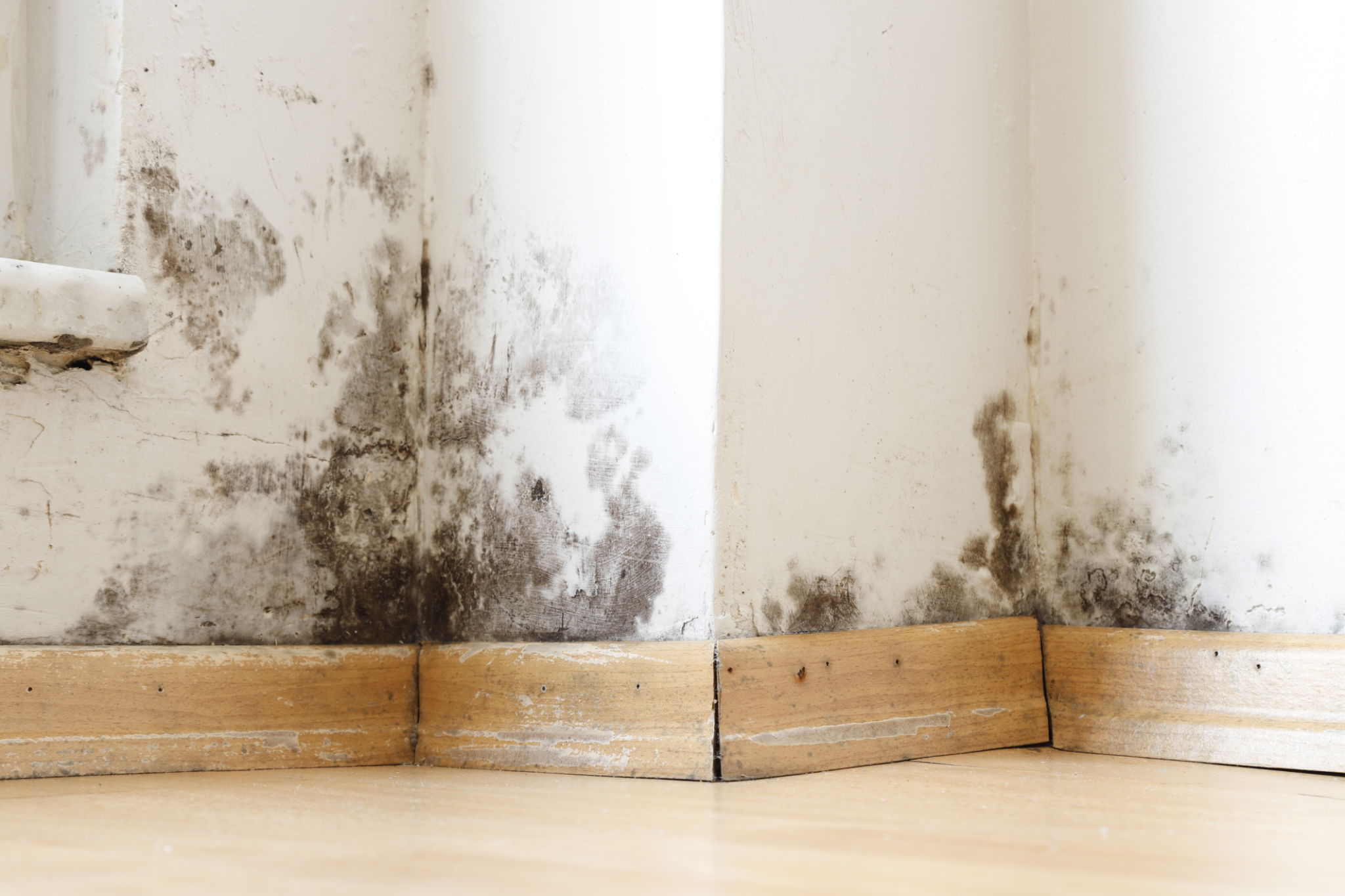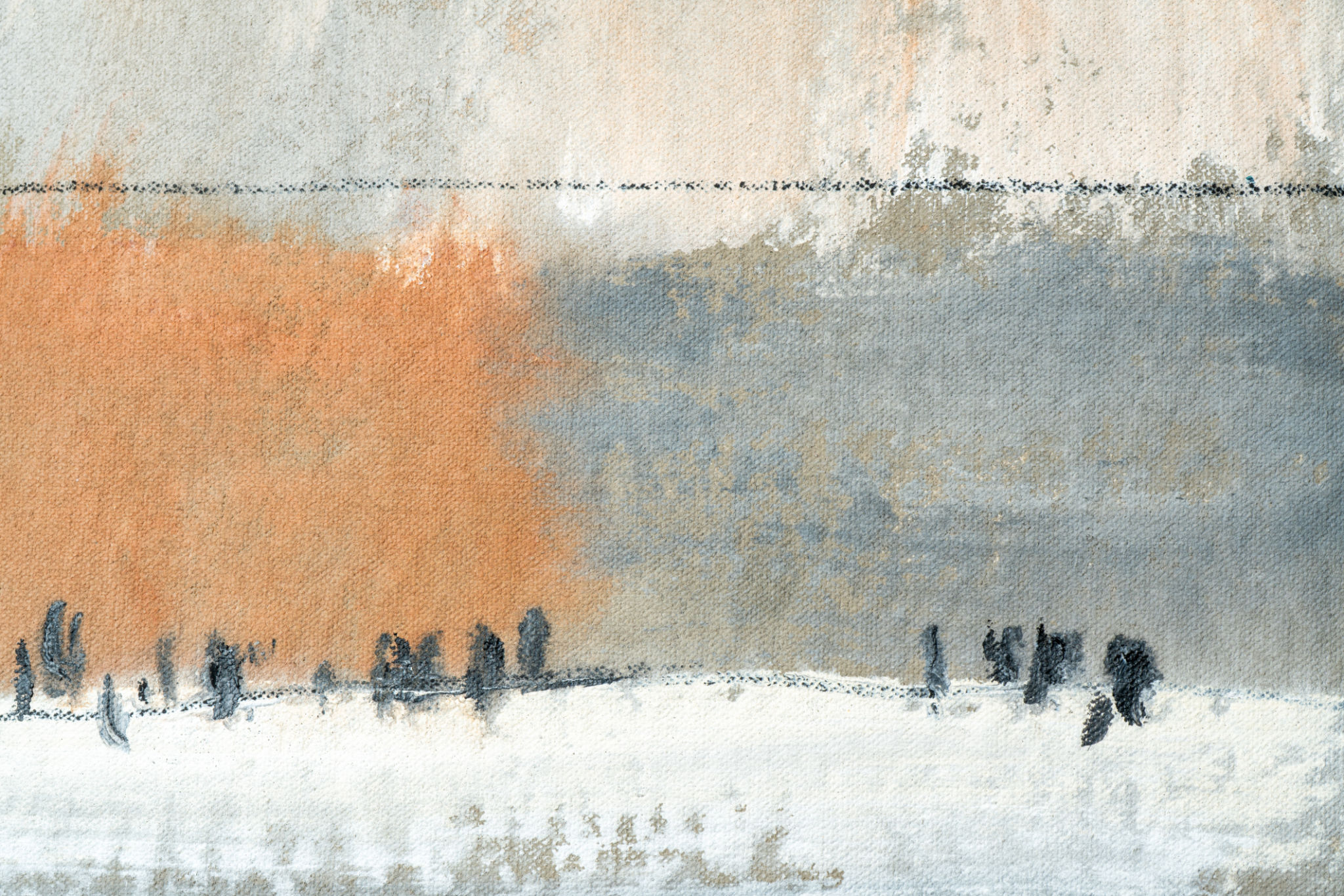Seasonal Painting Tips: How to Protect Your Home’s Exterior in Different Climates
Understanding Your Climate
When it comes to painting your home's exterior, the climate in which you live plays a crucial role in determining the type of paint and techniques you should use. Different climates pose unique challenges that can affect the longevity and appearance of your paint job. Understanding these challenges is the first step in ensuring that your home remains protected and aesthetically pleasing year-round.
For instance, homes located in humid regions face issues like mold and mildew, while those in arid climates need to combat intense sun exposure. By tailoring your painting approach to suit your environment, you can extend the life of your exterior paint and maintain your home's curb appeal.

Preparing for Humid Climates
Choose the Right Paint
In humid areas, moisture can penetrate paint layers, leading to peeling and bubbling. To combat this, it's essential to choose a paint that offers excellent moisture resistance. Acrylic latex paints are often recommended because they are breathable, allowing moisture to escape without causing damage.
Mold and Mildew Protection
Homes in humid climates are also susceptible to mold and mildew. To prevent this, consider using paints with built-in mildewcides. Additionally, regularly cleaning your home's exterior can help remove any mold spores before they become a problem.

Coping with Arid Climates
UV-Resistant Paints
In dry, sunny climates, the sun's UV rays can cause paint to fade or crack prematurely. Opt for paints that offer UV protection to help maintain vibrant colors and prolong the lifespan of your paint job. Light colors are particularly effective as they reflect sunlight more efficiently than darker hues.
Surface Preparation
Before applying paint in arid regions, ensure that the surface is thoroughly cleaned and primed. Dust and debris can interfere with paint adhesion, so taking the time to prepare surfaces properly will help achieve a smooth, long-lasting finish.

Tackling Cold Climates
Flexible Paint Formulas
Cold climates present unique challenges, such as freeze-thaw cycles that can cause paint to crack. Selecting a paint formula that remains flexible under temperature fluctuations is crucial. Elastomeric paints are known for their ability to expand and contract with temperature changes.
Timing Your Paint Job
Timing is everything when painting in cold climates. Ideally, painting should be done during warmer months when temperatures are consistently above 50°F (10°C). This ensures proper drying and curing of the paint.

Regular Maintenance Tips
No matter where you live, regular maintenance is key to preserving your home's exterior paint. Inspect your home annually for signs of wear and tear, such as cracks or peeling. Addressing issues early can prevent more extensive damage down the line.
By understanding the specific needs of your climate and taking proactive steps, you can ensure that your home's exterior remains protected and beautiful for years to come.
